Meet The New Flesh, Same As The Old Flesh
10 Feb 2013
We come in peace, to bring you terrific-tasting space dust.
James Woods just wanted us to watch. As a video producer, he knew he always had to take it to the next level; what he didn’t expect was where it would take him. His stomach separates to reveal a mechanical mouth: a tape is inserted, the flap seals, the tape plays; among the flesh-tones is heard a mechanical whirr. The old flesh fuses with media and machine, signaling the advent of the new.
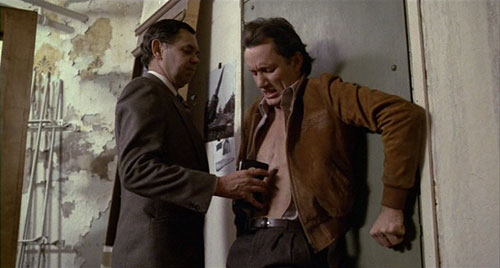
We’re talking, of course, some TV.
TV has morphed into something different. Where analogue signals used to be caught with rabbit ears, now digital pulses reach the box in your room, which is in many cases no longer a box, but just one side; a screen.
IN SPACE NOBODY CAN HEAR YOU SCREEN
But not all the analogue signals were caught. Some of them launched themselves into outer space, emanating radially from the earth like flares from the sun. The afterthoughts of sunspots, solar flares can become beautiful auroras when caught by the earth’s atmospheric antennae. Which led us to think, what would other atmospheres make of our afterthoughts? If aliens could pick up our (undecayed) TV signals, what would they make of them? What would they make of us?
THE TWENTIETH CENTURY, EMANATED
With the digital switch, our analogue and space-bound TV signals switched off.
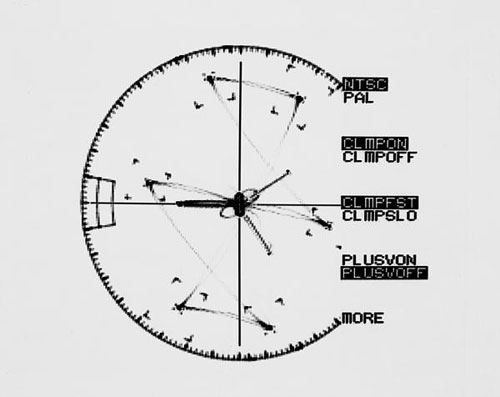
In response, Jimmy Kipple Sound & I, as NTSC & PAL, created a sound-suite for the digital switch, Meet The New Flesh, Same As The Old Flesh, which uses soundtrack snippets from 20th-century drama, news, advertising, laughtracks, and stray anomalies, as well as static, signals, and other elements from the entire sonic landscape of TV, both its programs and itself as a machine.
The sound-suite was composed for a program curated by Sneha Solanki for radio station basic.FM: Analogue Is Not Digital, which ran from September 12–26, 2012, online and on the air. Its theme was to celebrate, lament, witness, or otherwise mark the final transition from analogue to digital TV in the UK (the US having completed its switch to digital TV on June 12, 2009).
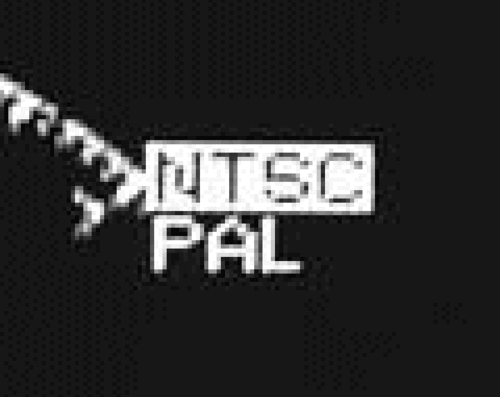
NTSC & PAL chose to imagine the state of the signal as it might be received in prime-time deep space. Our tenure here as earth-creatures is unlikely, ad-hoc, and finite; yet some aspects may be less finite than others. Meet The New Flesh, Same As The Old Flesh is us amplified and distorted through our undead media: sugar-free, but alive. We invite you to consider how much of the new flesh we have already become.
I, I’m sorry, I just don’t understand!
TV brings the world to your living room, as the tagline used to go. But it also has sent its signals indiscriminately outwards, forming a spherical simulacrum many light-years in diameter. Approaching the earth would mean traveling backwards through choppy 20th-century broadcasts. But the signals are not static, and are spreading, reaching into deeps of space where we may not follow for many years, if ever. Where are they going? And how will they be heard when they get there?
They are spectres, without body. They are to be...ignored.
In his book The World Without Us, Alan Weisman lists things that would persist long past their due date, including plastics, dioxin...and broadcast sound waves, traveling out towards distant stars. Faint, but still technically coherent, they could conceivably be scraped and enhanced, harvested and heard. But of course any alien SETI-like arrays would gather noise as well as signal, perhaps for perceptions with a very different sense of pattern. What signals are we showering upon alien planets, light-years from the here and now?
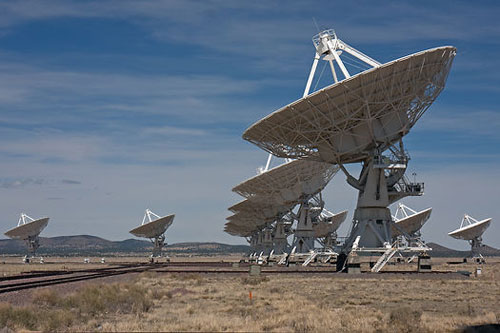
And you’re spreading this now, at this moment...
NTSC & PAL invite you to join us in our thought-experiment: what if the aliens’ first, or only, experience of us was through our television? Our entertainment, our advertising, our crises and community auditions? Our dedication to dead air and shadows from static? Suppose we never build that fleet of starships, boldly going across the galaxies, seeking new life and new civilizations? Or, what if the fleet indeed existed, but it was literally William Shatner as James T. Kirk in all his ochre-clad glory? Any message, should they choose to receive it, would be both false and true—it’s only our TV, after all. Yet it is our TV, after all. That’s the real satellite we’ve sent across space, an unofficial emissary from a noisy planet. And in a sense that is both virtual and real, it is us.
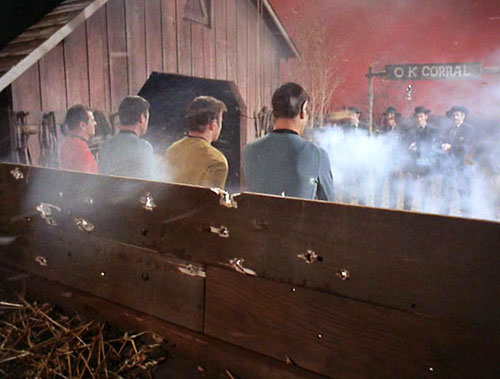
You are here. You are there. Both, at the same time.
We may ping McLuhan, as per usual: the medium is the massage, yes. Vibration awaits such membranes as may receive it.
I want it immediately! Why waste my time with telephone calls?
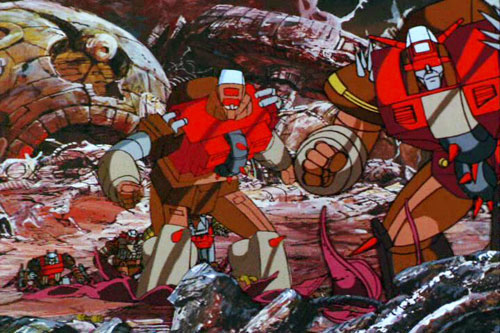
Well of course it’s unlikely. Are there aliens? Are they interested? Have they built the right kind of receivers? Do they separate noise and signal as we do? Will they notice, with the digital switch, that the earth has gone silent, or at least wonder what ever happened to Frasier and Niles in Seattle? To say that the chances are very small is probably an understatement.
But will it happen? We can’t be sure about the receiver. But in terms of the message, it already has.
It can make a beautiful difference in you.
◊
Peggy Nelson is a new-media artist and writer whose work includes film, sound, Twitter novels, and art criticism. Her themes investigate virtual spaces, the performance of identity, our media-saturated lives, and what we can, or should, make of fragmentation and interruption. Peggy’s work has been featured in SXSW, Boston CyberArts, The Boston Globe’s Brainiac column, Ladyfest, San Francisco’s ATA Gallery, and the Nieman Storyboard at Harvard University. She is Arts Editor for HiLobrow.com, where she blogs about art and the virtual life, and has been an OtherZine contributor since 2001.